Ancient technologies that remain a mystery to scientists even in the 21st century
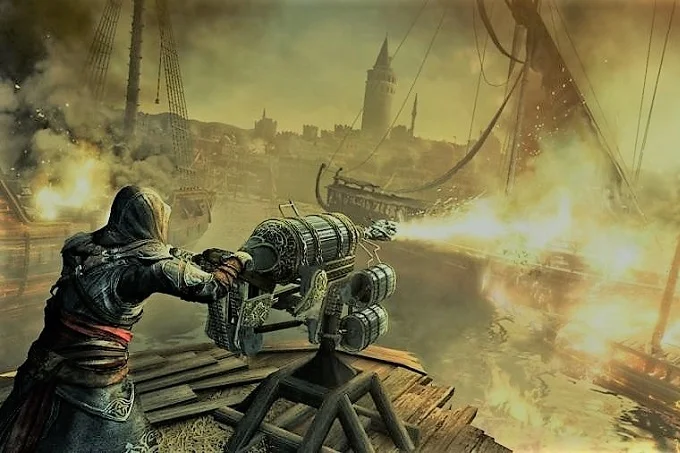
The ancient world is long dead, but its secrets live in people’s minds. They are endlessly exciting ancient technologies that remain a mystery with questions that even advanced modern science cannot answer.
Looking at some ancient artifacts, it seems that such advanced technologies simply could not be made by human hands. In the course are stories about aliens, or at worst, the Illuminati. Ancient technologies seem inexplicable, discouraging, and confusing. How? This question is asked not only by ordinary people but also by eminent scientists. Maybe you just need to pay tribute to ancient humanity and not look for a catch?
Ancient technologies that remain a mystery
Damascus steel
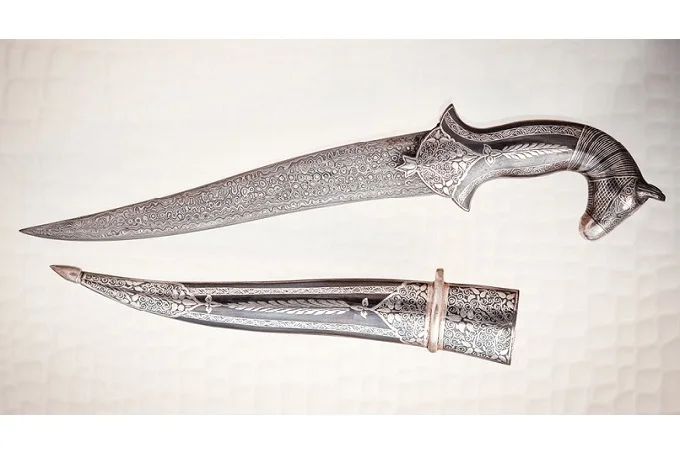
Unfortunately, very little is known about this incredible, simply fantastic metal. It is only for certain that Damascus steel was used to make blades during the historical period of the Crusades. It was made in the Syrian capital, but it was not invented there at all. The origin of the technology for the manufacture of this steel is unknown to this day.
During the crusades, many knights wondered where the Islamic warriors got such unusual swords. The Crusaders admired the quality of the steel sabers of the Muslims, which could cut a handkerchief on the fly, bend 90 degrees and bend back without any damage. Scientists speculate that the blade consisted of “crucible steel.” It is created by melting iron with plant matter. But no one knows how it really was.
Damascus steel was, of course, produced after the Middle Ages, and is still being produced today. A couple of centuries ago, it lost its popularity a little, now they are trying to revive it. This is not the same metal that was made in antiquity. Most likely, several factors are to blame here. First, the blacksmiths kept many aspects of the manufacturing process secret. Secondly, a special combination of ores was required, the reserves of which are depleted today. In addition, now it is more of a decorative item, and not at all a military weapon.
Legendary Ulfberht swords

The Vikings may have used the same techniques and materials used by the creators of Damascus steel to make their legendary Ulfberht swords. Archaeologists and metal specialists were simply amazed at the material from which the Viking blades were made. After all, the technologies necessary for the production of metal of this quality were invented only after almost a thousand years. How simple artisans of the Middle Ages were able to achieve such a high purity of the alloy, which provided the incredible strength of edged weapons made of such high-quality steel. The Ulfberht inscription was a kind of quality trademark. Its origin most likely originates from the name of the person who began to make them.
In 2014, in Scandinavia, researchers discovered a 9th-century Viking tomb. One of the swords had an inscription that literally meant “in the name of Allah.” It seemed to tie two different worlds together. But so far, these are only theories. The true origin of the blades is still unknown. In 2020, German scientists found evidence that Ulfbercht swords could have been created in Germany.
Roman concrete
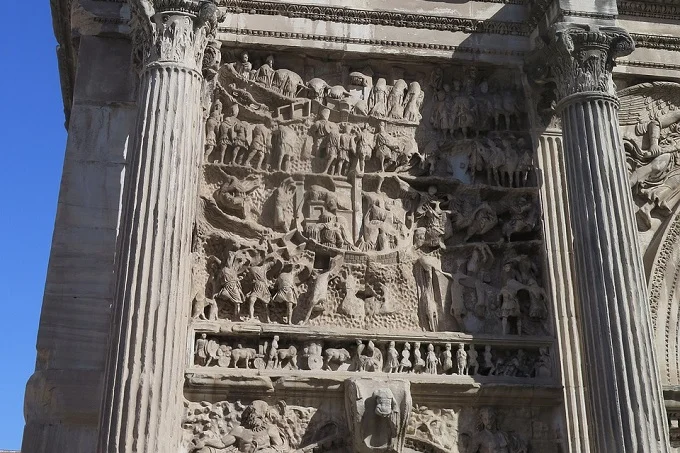
Humanity is convinced that concrete is a relatively recent invention. However, this building material has been around for many centuries. The ancient Romans added pozzolanic ash to the mixture. This made the material stronger and more durable.
For comparison: modern concrete is designed for a service life of 50 years, while ancient Roman concrete has served more than 2000 years! In addition, it often retained all its properties even while underwater. The exact composition of all the ingredients in this ancient building mixture is unknown to this day.
The Voynich manuscript
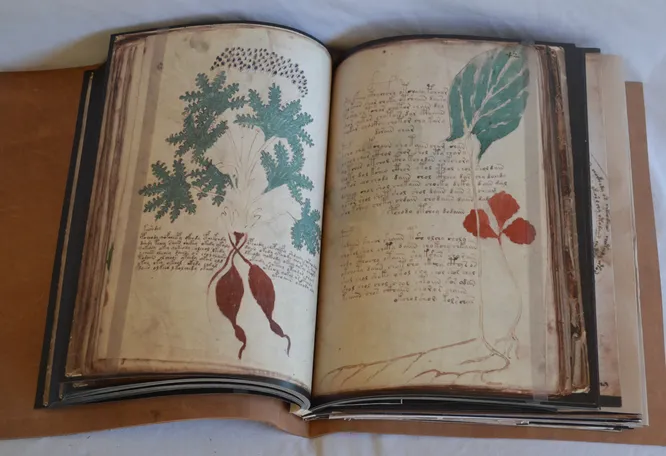
The ancient manuscript, called the Voynich manuscript, is handwritten and contains a lot of strange illustrations and drawings. Most of all, there are drawings of miniature women with swollen bellies. They are often immersed in some kind of capsule with an incomprehensible liquid, interconnected by an incomprehensible system of tubes.
The age of the manuscript is five centuries. It was created in Central Europe. In 1912, it was bought by a certain Polish-American antique dealer named Wilfrid Voynich. The origin of this manuscript is still a complete mystery today. Scientists assumed that when writing this text, a phonetic transcription of a certain Turkish dialect was used. One British researcher suggested that this dialect is an ancient “pro-Romance” language. Both of these versions have never been proven.
Tank da Vinci

The famous artist and inventor Leonardo da Vinci is perhaps the most unknown and mysterious scientist in history. In this light, it is not at all surprising that, among other things, he was also engaged in the design of vehicles. He even invented the tank once! Modern scientists recognize the sketch of da Vinci’s armored car as a very thoughtful and advanced invention. The tank dates from the late 15th century.
Today, researchers have even built a prototype according to the master’s drawings, in order to see firsthand what he meant. In the conditions of modern development of weapons, of course, no one will be able to fight on such a machine. In those days, this would certainly have been a serious innovation and would have worked great in practice.
Mysterious astronomical calendar

The Antikythera Mechanism is a very complex device that was built more than two millennia ago. It is usually called the first computer in the history of mankind. It could calculate, display and simulate various information about celestial bodies. Mainly the phases of the moon and sun. It was a kind of astronomical calendar. Even though scientists figured out its device, it is still a mystery to them how it could have been built in such ancient times. And who and for what exactly used it, in fact, too. It is believed that it served to determine the dates of the Olympic Games. But this is an assumption.
The fact is that this device is technically more complicated than any known one. It managed to outstrip the development of technology by a thousand years ahead! This led many to think about aliens and time travel. Official science knows similar technologies based on the use of gear wheels since 2500 years ago. Only just such a mechanism is, nevertheless, mysterious, only for fewer reasons.
Zhang Heng’s seismoscope
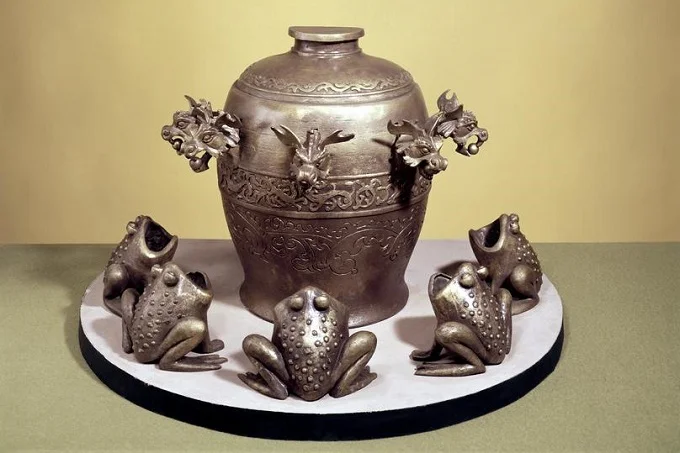
The first instrument in history for earthquake warning was this ornate gold vessel. It has skillfully cast figurines of dragons and frogs. Its age dates back to about 132 AD. Since ancient times, China has been an earthquake-prone region. Historical chronicles contain a lot of information about earthquakes that destroyed entire cities even before our era.
For a large territory of the Han Empire, each such earthquake carried a great danger – external enemies did not hesitate to take advantage of the misfortune of others, arranging raids on damaged cities and robbing the affected population. To prevent such cases, it was necessary to learn about the tragedy in advance in order to get ahead of the raiders. Therefore, China became the birthplace of the first seismograph in history. The outstanding ancient Chinese scientist Zhang Heng became the creator of the device.
The device worked like this: during an earthquake, one of the dragons, each of which represents the main directions of the compass, spat out a bronze ball into the frog’s mouth, indicating where this is happening. The sensitivity of the device was almost 600 kilometers. To this day, no one really understands how it worked. What was inside the device? Scientists speculate that this may have been a pendulum-based system. Nobody knows for sure what it was.
Why Delhi’s iron column doesn’t rust
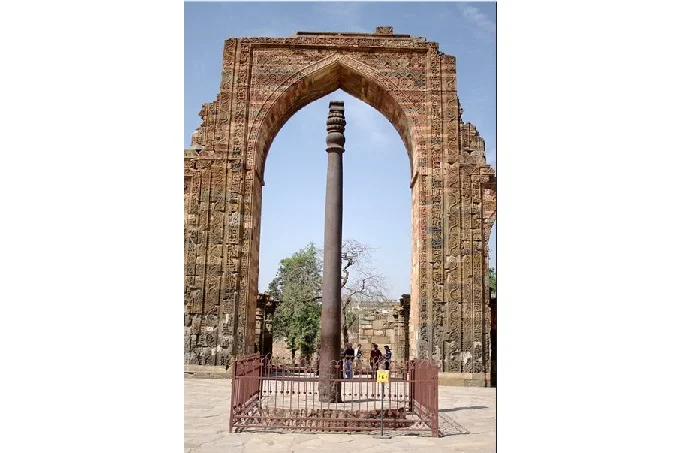
Scientists are still arguing about the “Iron Pillar of Delhi”. This structure is more than one and a half thousand years old, but it is incredibly resistant to rust. There are two versions of this. Some believe that the environment, the mild climate of Delhi, is to blame. Others say that the whole point is that the metal contains phosphorus and is completely free of sulfur and manganese. Either way, it’s an incredibly impressive piece of engineering.
Bhaskara’s calculations
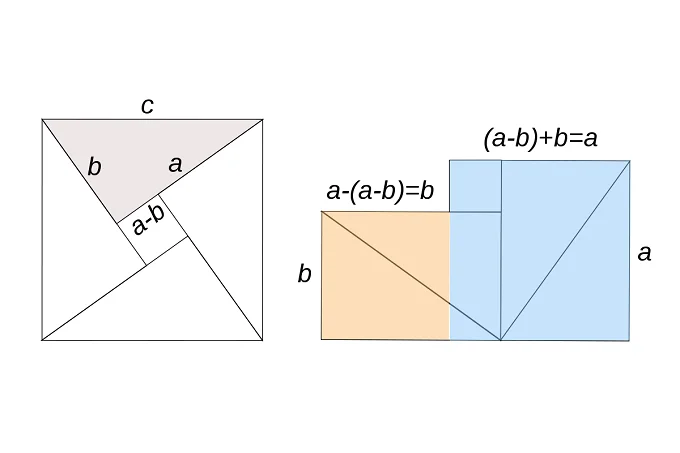
Calculating the rotation of the globe seems incredibly difficult. To calculate this, you need the achievements of modern mathematics, I guess. Not certainly in that way. Back in the 12th century, an astronomer, a prominent Indian scientist, and mathematician named Bhaskara proposed his proof of the Pythagorean theorem. He managed to establish the classic 365-day cycle that we all take for granted. How could he achieve all this, accomplish this amazing feat? There is no answer to this question.
Greek fire

Ancient history is full of surprises. The Byzantine Empire, which existed from 395 AD to 1453, used a unique technology called “Greek fire”. It was a kind of ultra-flammable slime that was used for military purposes. This ancient invention is considered by some scientists to be the predecessor of napalm, which was used in naval battles. It was an interesting system consisting of a pipe mounted on a ship. The device sprayed fire on enemy ships. This highly effective but very bulky weapon lasted until the 14th century. No one has ever understood how it worked and what was included in its design to this day.




